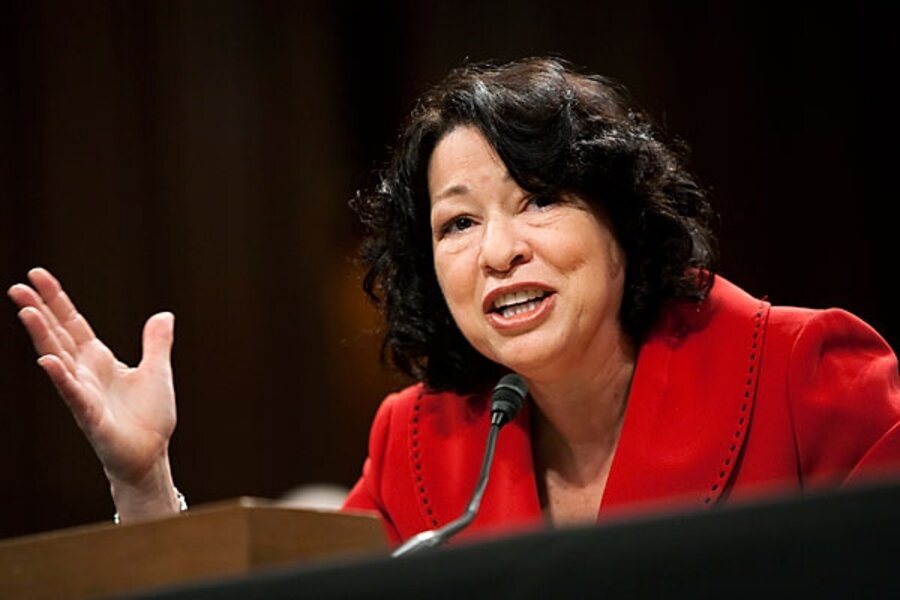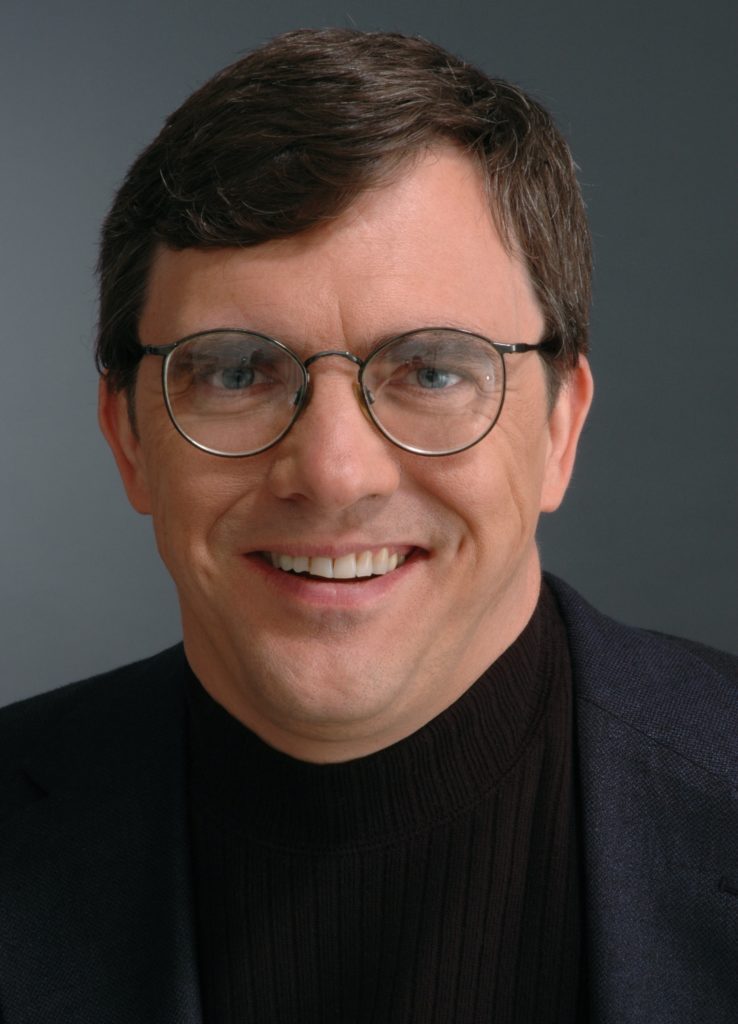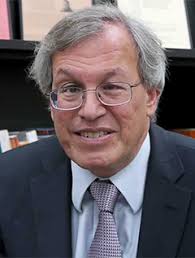Ivy League Justice: The Credentialed Court
On paper, the Justices serving on the U.S. Supreme Court have never been more qualified. Does this make the Court better? Some argue that precisely the opposite is true. Are elite “credentials” overrated?
This essay first appeared in Law & Liberty, on March 8, 2022 (here). Thanks to How Appealing, Power Line, SE Texas Record (here), the Howie Carr Show (here), Real Clear Policy (here), Instapundit (here), and the Heartland Institute (here) !
Justice Sonia Sotomayor’s ill-informed comments and questions at the recent oral argument in the challenge to the Biden Administration’s COVID vaccination mandate case (National Federation of Independent Business v. Department of Labor) provide a timely reminder that the hyper-elite legal talent on the nation’s High Court is not always what it is cracked up to be. Despite an impressive Ivy League pedigree (Princeton undergrad, Yale Law School), Sotomayor earned “four Pinocchios” from the Washington Post for claiming that “We have over 100,000 children, which we’ve never had before, in serious condition and many on ventilators,” when—according to government data–the actual number of children currently hospitalized with COVID is less than 5,000. In addition, critics pounced on some of Sotomayor’s other remarks during the same oral argument.

Assuming that the self-styled “wise Latina” was simply misinformed rather than deliberately peddling false information about the severity of COVID infection, the public is still entitled to wonder how a jurist holding such an august position could be so ignorant of basic facts. The answer, according to University of Tennessee law professor Benjamin Barton, in his new book The Credentialed Court, is that the Supreme Court has become an excessively-cloistered body drawn from a talent pool lacking the geographic diversity, biographical profiles, life experience, and legal backgrounds necessary to connect with the “outside world.” In an age characterized by cultural polarization and siloed media, the professional class in the so-called Acela corridor effectively inhabits a different world than the rest of the country. In other words, Sotomayor and her colleagues live in a Beltway-centric bubble, imbibing the one-sided fare offered up as news by the Washington Post, New York Times, NPR, CNN, and MSNBC.

The current Supreme Court, while superficially diverse in terms of race, sex, and ethnicity, displays remarkable homogeneity in other—arguably more important—respects. Most of the Justices grew up in affluent suburbs of major metropolitan areas (usually on the east coast); many had a lawyer parent (and in some cases two lawyer parents); they typically attended the same handful of highly-selective private colleges and law schools; and their pre-SCOTUS work record generally consisted of teaching law, serving as a government lawyer, and—for those with any private law firm experience—highly-specialized practice areas such as appellate litigation. A remarkable percentage of recent Justices previously served as a Supreme Court clerk and/or as a judge of the D.C. Circuit. Neil Gorsuch and Brett Kavanaugh even attended the same high school! Such cabined insularity heightens the risk of groupthink, Barton contends.

In his 2018 monograph The Judiciary’s Class War, Barton’s colleague at UT, Glenn Reynolds, called the current model of Supreme Court Justice the “Front-Row Kids.” Today’s Justices do not reflect a representative cross-section of U.S. lawyers (let alone Americans as a whole), nor do they resemble earlier iterations of the Supreme Court. For various reasons, the Supreme Court has become an ivory tower occupied by a credentialed elite that, in Reynolds’ words, “looks a lot more like an Ivy League faculty than like America as a whole.” The current makeup of the Court brings to mind William F. Buckley Jr.’s quip about preferring to be governed by the first 400 names out of the Boston phone book than the faculty of Harvard University.
Barton’s engaging book takes this insight and expands it to book length, with fascinating thumbnail biographies of the first ten early Justices (and selected later examples). More importantly, Barton conducted a longitudinal study of all 115 Justices in the Court’s history (from John Jay to Amy Coney Barrett) based on a massive data base he created recording the Justices’ relevant biographical details. His study breaks the data down further by analyzing each group of Justices who sat together. This stroll down memory lane makes it clear that, in the modern era, the road to a Supreme Court appointment has become increasingly narrow and uniform. As Barton points out, the current career path is quite a contrast from the early days of the Court, when Presidents routinely (and deliberately) appointed Justices from different parts of the country who had widely-varied backgrounds, including elected officials, diplomats, professional athletes, businessmen, exceptional general practice lawyers, soldiers, state court judges, night school graduates (and some lacking formal legal education altogether), actuaries, newspapermen, and sometimes candidates who exhibited an eclectic mixture of these qualifications.
Barton’s fair-minded profiles of Justices appointed at various times during the history of the Supreme Court demonstrate convincingly that “technical legal excellence” does not necessarily impart wisdom or common sense. Some of our most highly-regarded Justices—e.g., John Marshall, Louis Brandeis, Robert Jackson, Earl Warren, Hugo Black–would not make a President’s short list under the current notions of requisite “credentials.” Barton is a fan of the offbeat Justice of yore (such as Lucius Lamar, John McLean, and Joseph Bradley), admitting at one point that his book “is, at heart, a love letter to this great and uniquely American institution and its Justices, both famous and obscure.” Barton laments that President Trump reportedly passed over superbly-qualified Sixth Circuit Judge Raymond Kethledge to replace Justice Anthony Kennedy (for whom Kethledge had clerked) only because he attended the University of Michigan law school rather than Harvard or Yale. Surely this confers absurd importance on Ivy League “credentials.”
Barton squarely addresses the objection of those who question whether “technical legal excellence” should be regarded as a shortcoming on the part of a Supreme Court Justice. His response is several-fold. First, the Court has morphed into a body that does more than solve technical legal problems, such as interpreting the text of statutes; for good or ill, the Court has become the arbiter of national policy. Policy involves judgment. Barton notes that narrow legal cleverness is no substitute for what Aristotle called phronesis, or “practical wisdom.” Second, experiential diversity improves decision-making, especially problem-solving. Finally, a cohort of high-ego, Type-A over-achieving “all stars” (particularly those with an academic background) can devolve into petty rivalries and internecine feuding, as was sometimes the case with FDR’s fractious appointees in the 1930s and 1940s, described by some scholars as “scorpions” (e.g., William O. Douglas and Felix Frankfurter).
Barton’s crisp and wide-ranging narrative is far more interesting than his numerous graphs, charts, and metrics. I personally found his occasional digressions into moral philosophy and pop psychology to be distractions from, rather than additions to, his central thesis. Moreover, the final results of Barton’s longitudinal study–published earlier in the Journal of Empirical Legal Studies—analyze his data using a statistical technique developed by biologists to measure biodiversity. His chapter summarizing these findings is less than compelling, although the data compilation itself is impressively thorough.
How did we get into this “credentialing” predicament and how do we get out of it? Change is, of course, inevitable. Thanks to John Marshall, the High Court is no longer the powerless backwater it was in 1790. Since George Washington’s first appointments to the circuit-riding Supreme Court—a body of untested importance—the institution has matured significantly. The legal profession itself has likewise evolved dramatically. Lawyers must graduate from law school to take the bar exam. The practice of law has become far more specialized and the profession is now dominated by large law firms. The legal academy has become a bastion of wokeness; the Association of American Law Schools is led by a shrill ideologue, Erwin Chemerinsky. The biggest change, which occurred during Earl Warren’s tenure as Chief Justice, is arguably the Court’s emergence as a de facto policy-making body. This made the confirmation of unelected, life-tenured Justices as politically important as national elections for control of Congress or the White House—or more so.

When the Court serves as a super-legislature, nominees will be treated as political actors and be subject to opposition on purely partisan grounds. The Democrat-controlled Senate rejected President Nixon’s nomination of G. Harrold Carswell in 1970, citing, among other things, the candidate’s lack of professional achievement, despite Republican Senator Roman Hruska’s plea that merit was less important than presidential prerogative:
“Even if he [Carswell] were mediocre, there are a lot of mediocre judges and people and lawyers. They are entitled to a little representation, aren’t they? We can’t have all Brandeises and Frankfurters and Cardozos.”
Instead of Carswell, a graduate of the undistinguished Mercer University law school, the seat vacated by Abe Fortas was ultimately filled by Harvard alumnus (undergraduate and law school) Harry Blackmun, the future author of Roe v. Wade.
Thereafter, Presidents anticipating a contentious confirmation process have sought nominees with sterling academic credentials to deflect criticism regarding their “qualifications.” Nixon was reportedly drawn to nominate William Rehnquist in 1971 because he graduated at or near the top of his class at Stanford Law School. In 1987, Robert Bork proved that even exemplary credentials would not withstand ideological opposition, but the default approach in recent decades has been for Presidents to favor Ivy League (and in particular Harvard and Yale) graduates to take the “unqualified” label “off the table,” in Barton’s words.
Barton’s final chapter, titled “Let’s Get This Show Back on the Road,” briefly addresses potential solutions, such as the return of circuit-riding, to make the Court less cloistered. Barton posits that getting the Justices out of their rarefied chambers and into the hustings—perhaps even trying some ordinary cases during their long summer break—would inject some reality into “an overly-cloistered and academic Court.” He also urges that the nation confront, and discuss, the implications and consequences of “the current Justice prototype”—which exalts a narrow and non-representative “elite” class. His balanced, thoughtful book is a commendable step in that direction. Our nation is a wonderful melting pot, full of “characters” and late bloomers who did not attend an Ivy League college. Barton concludes: “If diversity is our strength, let the Supreme Court reflect the richest version of that diversity.” Amen.
Alas, herein lies the irreducible dilemma: As long as the Court is making policy in the guise of deciding cases (as Barton assumes will continue to be the norm), nominees will be subject to partisan opposition in the confirmation process, which will prompt Presidents to select candidates who are not vulnerable to pretextual challenges based on their “qualifications.” This in turn produces a skewed, cookie-cutter model of “credentialed” Justices ill-equipped to make sound policy. Nothing will change unless and until the Court returns to a purely-judicial role—an eventuality that Barton doesn’t address.

































